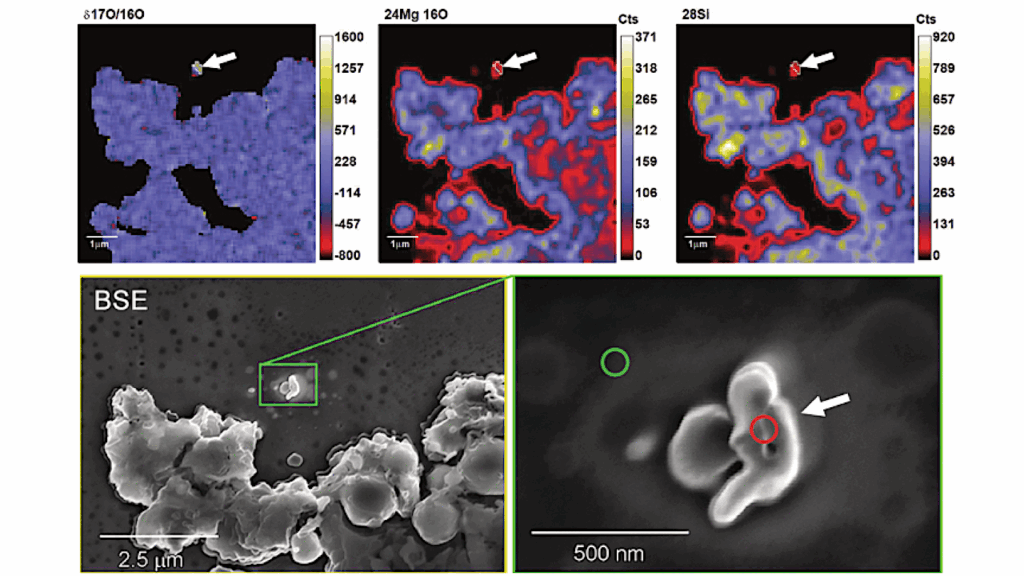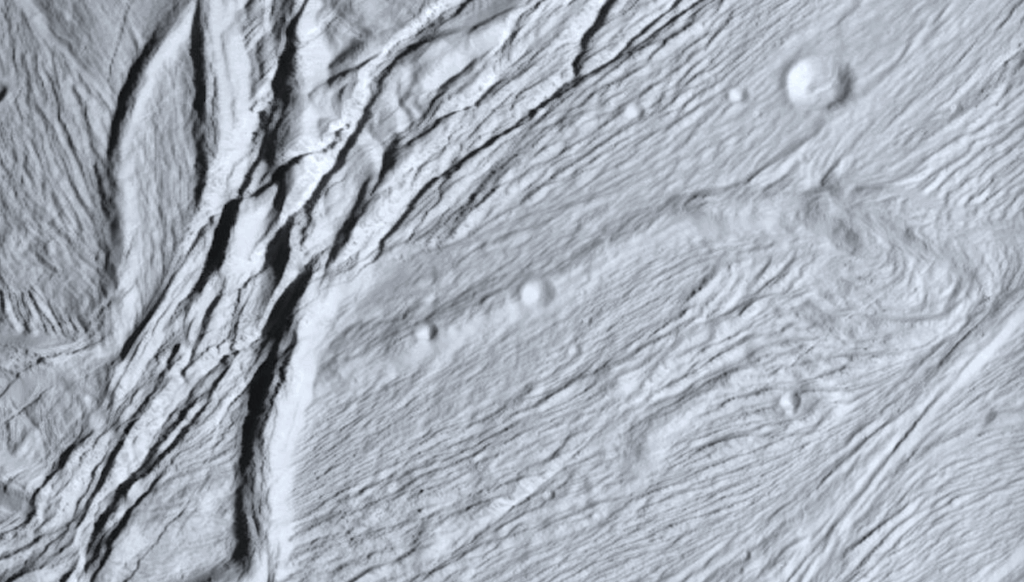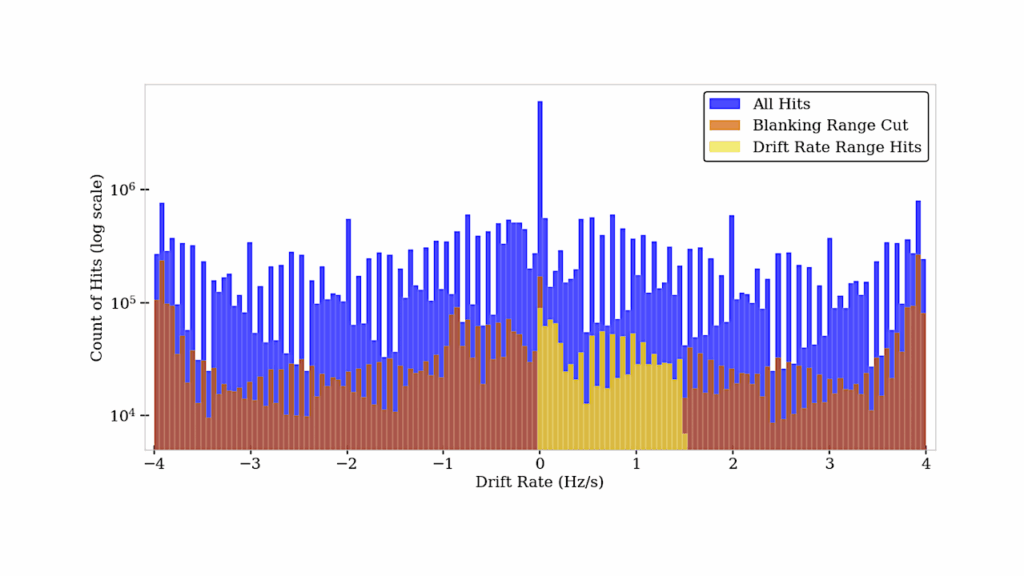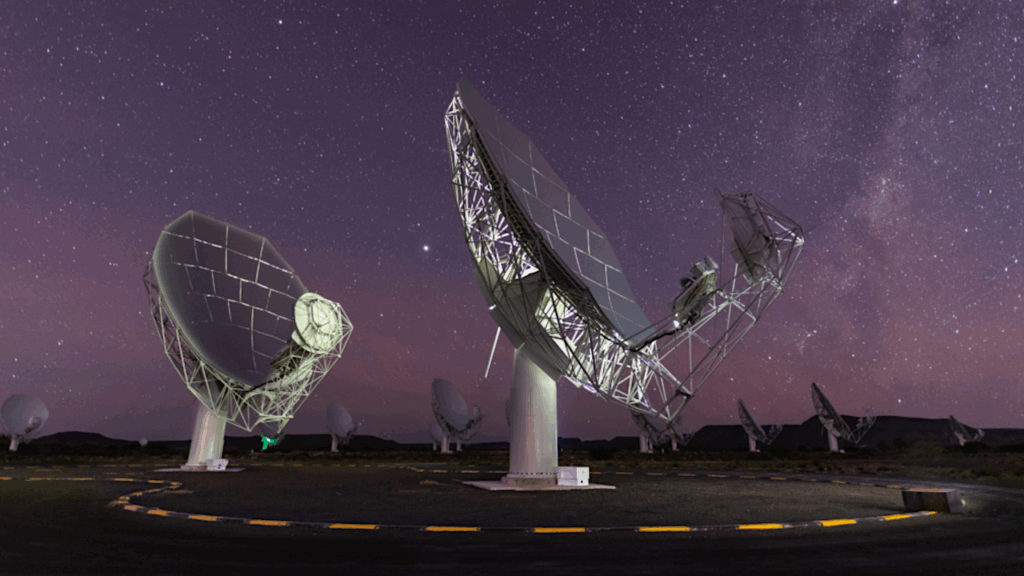Astronomers Detect Gas Molecules in Comet from Another Star

An international team of astronomers have made a historic discovery using the William Herschel Telescope (WHT), detecting gas molecules in a comet which has tumbled into our solar system from another star. It is the first time that astronomers have been able to detect this type of material in an interstellar object.
The discovery marks an important step forward for science as it will now allow scientists to begin deciphering exactly what these objects are made of and how our home solar system compares with others in our galaxy.
“For the first time we are able to accurately measure what an interstellar visitor is made of, and compare it with our own solar system,” said Professor Alan Fitzsimmons of the Astrophysics Research Centre, Queen’s University Belfast.
Comet Borisov was discovered by Crimean amateur astronomer Gennadiy Borisov in August. Observations over the following 12 days showed that it was not orbiting the Sun, but was just passing through the solar system on its own path through our galaxy.
By 24 September it had been renamed 2I/Borisov, the second interstellar object ever discovered in our solar system by astronomers. Unlike the first such object discovered two years ago, 1I/’Oumuamua, this object appeared as a faint comet, with a surrounding atmosphere of dust particles, and a short tail.
Alan Fitzsimmons and colleagues from Europe, the United States and Chile used the WHT to detect the gas in the comet. But doing so was tricky. He said: “Our first attempt was on Friday 13 September, but we were unlucky and were thwarted by the brightness of the sky so close to the Sun. But the next attempt was successful.”
Astronomers at the observatory pointed the WHT at the comet low down in the morning sky between 6 am and 7 am on the 20th of September using time allocated as part of the ING Service Programme. Passing the faint comet light into the spectrograph this enabled the astronomers to measure how much light the comet was emitting as a function of wavelength.
Professor Fitzsimmons explained: “A spectrum allows us to detect individual types of gas by their spectral fingerprints. We received the data at midday and by 5 pm that evening we knew we had successfully detected gas for the first time.”
The gas detected was cyanogen, made of a carbon atom and a nitrogen atom bonded together. It is a toxic gas if inhaled, but it is relatively common in comets.
The team concluded that the most remarkable thing about the comet is that it appears ordinary in terms of the gas and dust it is emitting. It looks like it was born 4.6 billion years ago with the other comets in our solar system, yet has come from an — as yet — unidentified star system.
Comet Borisov has been extensively followed up at the Isaac Newton Group of Telescopes since the 10th of September using the instruments ACAM and ISIS on the WHT, and IDS on the Isaac Newton Telescope.
Detection of CN gas in Interstellar Object 2I/Borisov https://arxiv.org/abs/1909.12144
References:
* “Detection of CN Gas in Interstellar Object 2I/Borisov,” Alan Fitzsimmons, Olivier Hainaut, Karen Meech, Emmanuel Jehin, Youssef Moulane, Cyrielle Opitom, Bin Yang, Jacqueline V. Keane, Jan T. Kleyna, Marco Micheli & Colin Snodgrass, 2019 [https://arxiv.org/abs/1909.12144].
* “Interstellar Comet C/2019 Q4 (Borisov),” Piotr Guzik, Michal Drahus, Krzysztof Rusek, Waclaw Waniak, Giacomo Cannizzaro & Inés Pastor-Marazuela, 2019 [https://arxiv.org/abs/1909.05851].








